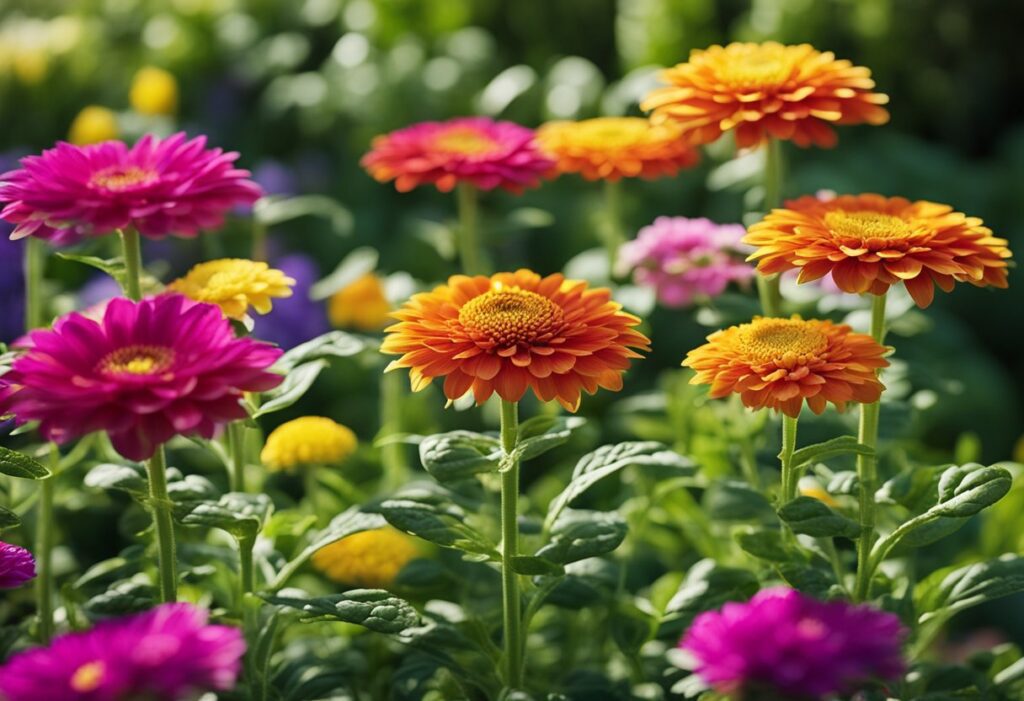
In the realm of cannabis cultivation, deciding between autoflowering and feminized seeds is crucial in determining how you grow your plants and what type of yield you can expect.
Autoflowering Seeds:
Feminized Seeds:
Genetic Composition: Autoflowering seeds have a genetic component from Cannabis ruderalis, making them bloom automatically after a few weeks of growth, regardless of the light cycle. On the other hand, feminized seeds are bred to eliminate male chromosomes, ensuring that nearly 100% of the plants are female, which will produce the bud you’re aiming to harvest.
Flowering Control: Autoflowering plants take the guesswork out of the equation with a predetermined flowering time. You don’t have to alter the lighting schedule. Feminized seeds require a shift from long to short daylight hours to trigger the flowering phase, giving you control over the flowering time.
Cultivation Effort:
Growth Environment & Size:
Yield Output: The yields from feminized seeds are generally higher because the plants grow larger and have more time to develop flowers. Autoflowering plants, due to their quick turnaround and smaller size, often produce a smaller yield. Choosing the right seed depends on your cultivation setup and personal preference for the growing process and the final product.
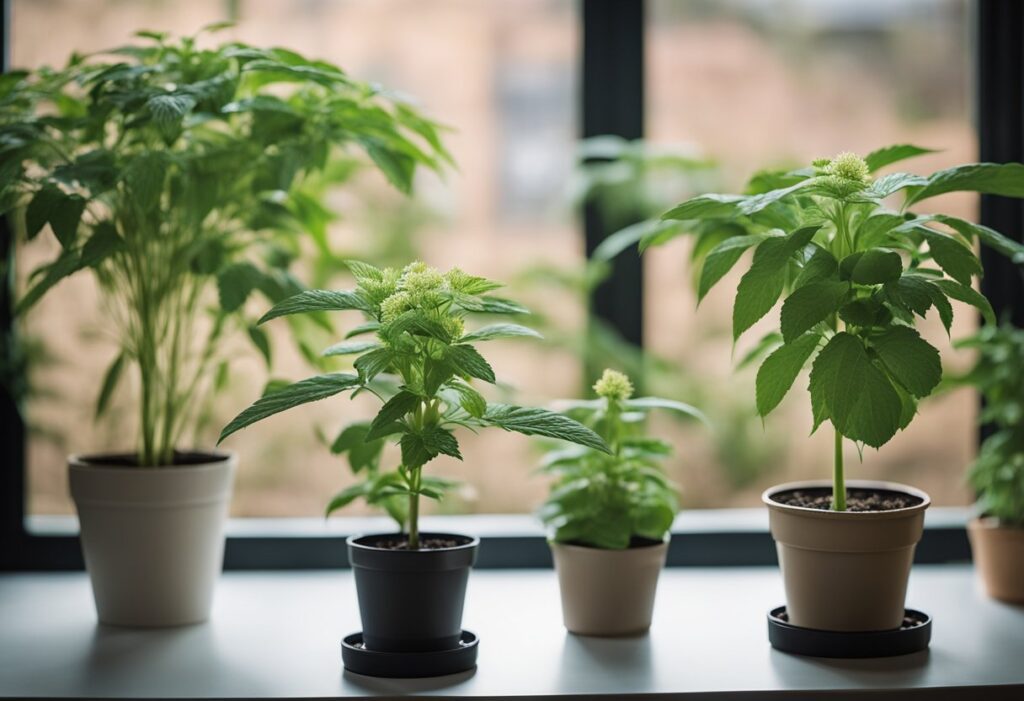
When you choose between autoflowering and feminized cannabis seeds, you’re essentially selecting between two genetic paths that lead to different growing behaviors and outcomes.
Autoflowering seeds contain ruderalis genetics, which endow them with the unique ability to flower automatically without the need for a change in the light cycle. Ruderalis is a type of cannabis plant that originates from regions with short summers and thus developed the trait of flowering based on age rather than changes in daylight hours.
On the other hand, feminized seeds are bred to eliminate male chromosomes, ensuring that nearly all seeds develop into female plants. These seeds are prized for their predictable growth of resinous buds without the risk of pollination from male plants. Unlike their autoflowering counterparts, feminized seeds produce plants that follow the traditional photoperiod dependent life cycle, initiating flowering only when exposed to specific light conditions.
The life cycle of a cannabis plant encompasses both the vegetative and flowering stages. Autoflowering plants have a streamlined life cycle—you can expect them to move from the seed to the harvest stage in about 8 to 12 weeks. These plants transition to the flowering stage automatically after a short vegetative period, typically around 2-4 weeks, regardless of light exposure.For feminized seeds, the life cycle is longer and dictated by the photoperiod, which is the plant’s response to the length of day and night. Feminized plants usually require a vegetative stage of 4-8 weeks, followed by the flowering stage when they receive around 12 hours of light and 12 hours of darkness. The overall cycle can take 10-16 weeks from germination to harvest, but this longer vegetative period allows for significant bud development, leading to potentially higher yields than autoflowering plants.
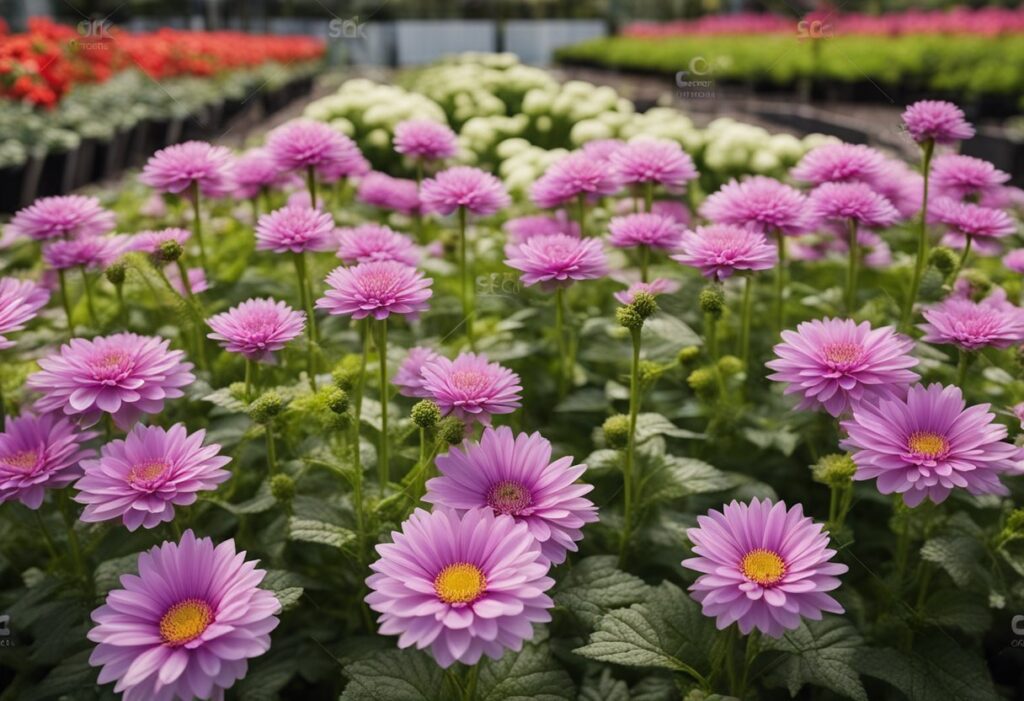
When choosing between autoflower and feminized cannabis seeds, understanding the specific cultivation needs of each seed type can significantly impact your growing success.
Autoflower: Autoflowering plants don’t require a light cycle change to start flowering; they will automatically begin to flower after a set period, typically 2-4 weeks from germination. This means you can maintain a consistent light schedule throughout the entire grow, often 18 hours of light and 6 hours of darkness.
Feminized: Feminized plants, on the other hand, need a shift in light cycle to initiate flowering when grown indoors. You’ll have to adjust your lights from an 18/6 cycle to 12 hours of light and 12 hours of darkness to simulate the natural change in day length and trigger the flowering stage.
Autoflower: Expect smaller yields with autoflowers as they spend less time in the vegetative stage and generally grow to a smaller final size. However, the trade-off is a quicker harvest, with autoflowers often ready to harvest in about 10 weeks from seed.
Feminized: In contrast, feminized seeds often yield more as they grow larger and have more time to develop buds, especially when provided optimal growing conditions. The time from seed to harvest is longer, typically taking at least 10-16 weeks, but the increased yield can be quite substantial.
Indoor Cultivation:
Growing Environment:
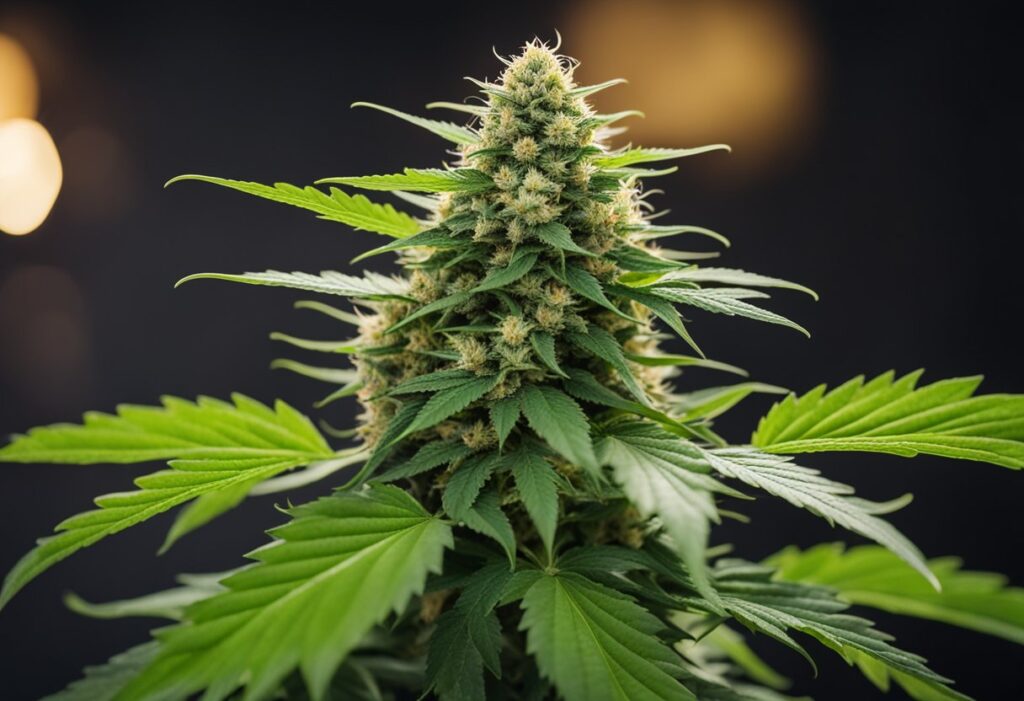
When selecting between autoflower and feminized cannabis seeds, understanding the distinction in strain characteristics and potency is crucial for your cultivation success.
Cannabinoids are the active compounds in cannabis, with THC (tetrahydrocannabinol) being the primary psychoactive component. The potency of a cannabis plant, which often refers to its THC content, can be significantly influenced by the seed type.
Terpenes contribute to the aroma and flavor of a cannabis plant. The size of the plant can also affect the terpene profile due to differences in growth patterns.
Autoflower Seeds:
Feminized Seeds:
Whether you choose autoflower or feminized seeds from Farmers Lab Seeds, you’ll experience the unique qualities that each type offers in terms of cannabinoid profiles and terpenes, which are integral to the overall potency and sensory experience of your harvest. Keep in mind that while plant size can be an indicator, the specific genetics determine the true potency and terpene profile of your plants.
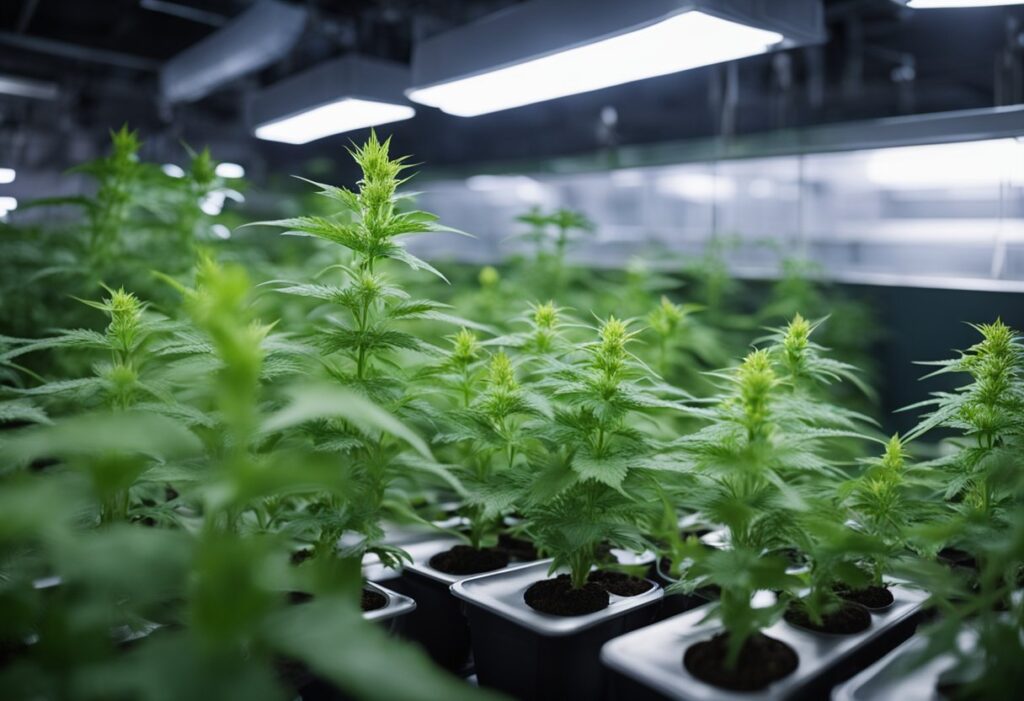
In your journey as a grower, choosing the right kind of seeds—autoflowers or feminized—is critical for achieving desired cultivation outcomes. These selections bring along specific advantages depending on your experience level and the practicalities of your operation.
Autoflowers: Ideal for beginners or growers seeking simplicity, autoflowering cannabis seeds have a straightforward cultivation process. They transition from the vegetative state to flowering automatically, usually maturing faster than their counterparts. Since autoflowers don’t require changes in light cycles, you can grow them indoors year-round with less concern for strict light management.
Feminized Cannabis Seeds: Suited for those with some experience, feminized seeds eliminate the guesswork of plant sex, ensuring nearly all plants are female. They require more attention to light cycles to trigger flowering but reward you with larger yields and potent flowers.
Multiple Harvests:
Economic:
Operational Benefits:
By understanding these practical advantages, you can align your seed selection with your cultivation goals, operational preferences, and experience level to optimize your growth operations and economic outcomes.
In this section, you’ll find specific answers to common queries regarding autoflowering versus feminized cannabis plants, helping you to make an informed decision about which seeds may best suit your gardening needs.
Autoflowering cannabis plants typically have a lower yield compared to feminized plants. While autoflowers complete their cycle faster, they generally have a smaller final harvest.
Yes, autoflowering cannabis plants can thrive outdoors. However, feminized plants are often preferred for outdoor cultivation as they tend to yield larger harvests under natural light conditions.
Autoflower seeds might restrict you regarding the timing of your grow and yield size. Their fast life cycle doesn’t allow for recovery from issues like nutrient deficiencies or stress, which can impact the overall yield.
Autoflowering plants have a shorter grow time, often transitioning from seed to harvest in 8-10 weeks. In contrast, feminized plants have a longer vegetative stage before initiating flowering, leading to a longer grow time overall.
Autoflowering plants, like feminized plants, can sometimes produce male or hermaphroditic individuals, though if you’re working with seeds from a reputable source like Farmers Lab Seeds, the likelihood of this occurring is minimal.
Autoflower plants will produce seeds if they are pollinated by a male plant or if a hermaphroditic plant self-pollinates. However, with careful management and due diligence to avoid pollination, your autoflower plants can remain seedless.
We ship and deliver world wide via USPS and various couriers.
We offer a wide range of secure and anonymous online payment options.
We care about you, our customer. Please contact us with any questions or concerns.
Find out more about the benefits of being a loyal and regular customer.
WE ARE EVERY GROWERS ONE STOP SHOP TO ACQUIRE PREMIUM CANNABIS SEEDS FOR SALE IN THE USA, CANADA AND AUSTRALIA

Farmers Lab Seeds 2024, | All Right Reserved
Seeds are sold as novelty items, souvenirs, and collectibles. They contain 0% THC. We encourage our customers to check the legislation in their Country, State, Province, and Municipality prior to purchasing items from our store. We do not provide growing information.
All seeds are sold as hemp, and lab tested under 0.3% THC. This product is not for use by or sale to persons under the age of 21. This product should be used only as directed on the label. It should not be used if you are pregnant or nursing. Consult with a physician before use if you have a serious medical condition or use prescription medications. A Doctor’s advice should be sought before using this and any supplemental dietary product. All trademarks and copyrights are property of their respective owners and are not affiliated with nor do they endorse this product.
These statements have not been evaluated by the FDA. This product is not intended to diagnose, treat, cure or prevent any disease. Individual weight loss results will vary. By using this site, you agree to follow the Privacy Policy and all Terms & Conditions printed on this site. Void Where Prohibited by Law.